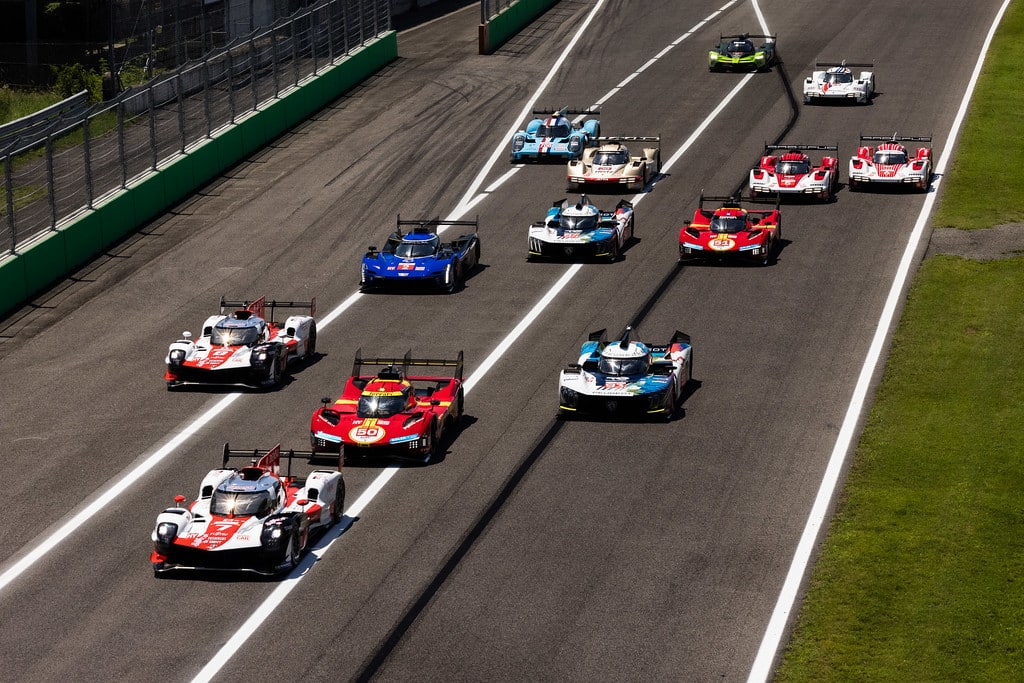An Introduction to Endurance Competition
Endurance competition is an exciting sport that blends strategy, athleticism, and the special bond between humans and animals or, in some cases, just human endurance. It assesses mental toughness and the capacity to adjust to difficult situations in addition to physical endurance. This introduction will cover the fundamentals of endurance sports, including its history and how to get started, for those who are new to the discipline.
What is Endurance Competition?
At its core, endurance competition is about covering long distances over extended periods of time, often in natural environments that test strength, speed, and resilience. Depending on the discipline, endurance may involve:
- Equestrian Endurance Riding: Horses and riders cover set distances, sometimes up to 100 miles in a single day.
- Running Endurance Events: Marathons, ultramarathons, and trail races that push human athletes beyond standard limits.
- Cycling Endurance: Long-distance road races or mountain biking events.
- Multisport Endurance: Triathlons or adventure races that combine swimming, cycling, and running.
While each form differs, the common thread is the focus on stamina, pacing, and long-term performance.
The History of Endurance Competition
Endurance has been part of human and animal culture for centuries.
- Horseback Endurance: Inspired by the practical need for long-distance travel, formal competitions began in the mid-20th century, gaining international recognition under the Fédération Equestre Internationale (FEI).
- Running: The marathon traces back to ancient Greece, while ultramarathons and modern endurance races developed in the 20th century.
- Cycling: Events like the Tour de France highlight how endurance became a test of human grit and tactical skill.
Today, endurance competitions attract athletes worldwide, from casual participants to elite professionals.
Key Features of Endurance Sports
- Distance and Duration
- Races may range from a few hours to multiple days, requiring pacing strategies and consistent energy management.
- Preparation and Training
- Success relies on gradual conditioning, strengthening both body and mind. Athletes or horses need structured training schedules that balance intensity and recovery.
- Nutrition and Hydration
- Fueling is critical. Endurance athletes often consume energy gels, electrolytes, and fluids during events to maintain performance.
- Monitoring Health
- In equestrian events, horses undergo veterinary checks before, during, and after the race to ensure safety. In human endurance races, proper hydration, pacing, and recovery strategies are equally important.
- Mental Resilience
- Beyond physical limits, endurance sports test determination. The ability to push through fatigue and maintain focus is often the difference between finishing and dropping out.
Types of Endurance Competitions
1. Equestrian Endurance Riding
A partnership sport where the horse’s welfare is as important as finishing the race. Distances can vary from 20 km (introductory rides) to 160 km (elite international levels). Riders must manage pace carefully to avoid overexertion.
2. Running Events
- Marathon: 42.195 km, a global standard for endurance running.
- Ultramarathon: Any distance longer than a marathon, often on trails or in extreme environments.
- Trail Running: Blends endurance with challenging terrains like mountains and forests.
3. Cycling Endurance
From single-day long-distance rides to multi-stage events, endurance cycling emphasizes pacing, drafting, and energy conservation.
4. Multisport Endurance
Triathlons and Ironman events challenge participants with swimming, cycling, and running back-to-back, testing full-body stamina and mental grit.
Preparing for Endurance Competition
If you’re new and considering entering the world of endurance sports, here’s how to start:
- Choose Your Discipline: Decide whether you’re more drawn to running, cycling, equestrian, or multisport events.
- Start Small: Begin with shorter races or introductory rides before progressing to longer challenges.
- Train Consistently: Build endurance gradually with regular, structured training.
- Prioritize Recovery: Rest days, stretching, and nutrition are just as important as training itself.
- Learn Pacing: Don’t start too fast endurance is about energy management over time.
- Invest in Proper Gear: Shoes, bicycles, tack, or other equipment should suit your discipline and body needs.
- Join a Community: Training with groups or clubs provides motivation and valuable tips.
The Rewards of Endurance Competition
Endurance sports aren’t just about finishing lines they’re about the journey. Participants often speak of:
- A profound sense of accomplishment.
- Stronger physical and mental health.
- Deeper bonds with horses, teammates, or fellow competitors.
- The chance to explore stunning landscapes during races.
Whether you’re running your first 5K, training for an ultramarathon, or preparing for a beginner endurance ride with your horse, the discipline teaches patience, resilience, and respect for the limits of body and mind.
Final Thoughts
Endurance competition is more than just a sport it’s a way of life. It challenges you to train consistently, listen to your body (or your horse), and keep pushing forward even when fatigue sets in. For beginners, it may seem daunting, but with steady preparation and the right mindset, anyone can enter the world of endurance and discover the incredible rewards it offers.
So, lace up your shoes, mount your horse, or hop on your bike the adventure of endurance awaits.







